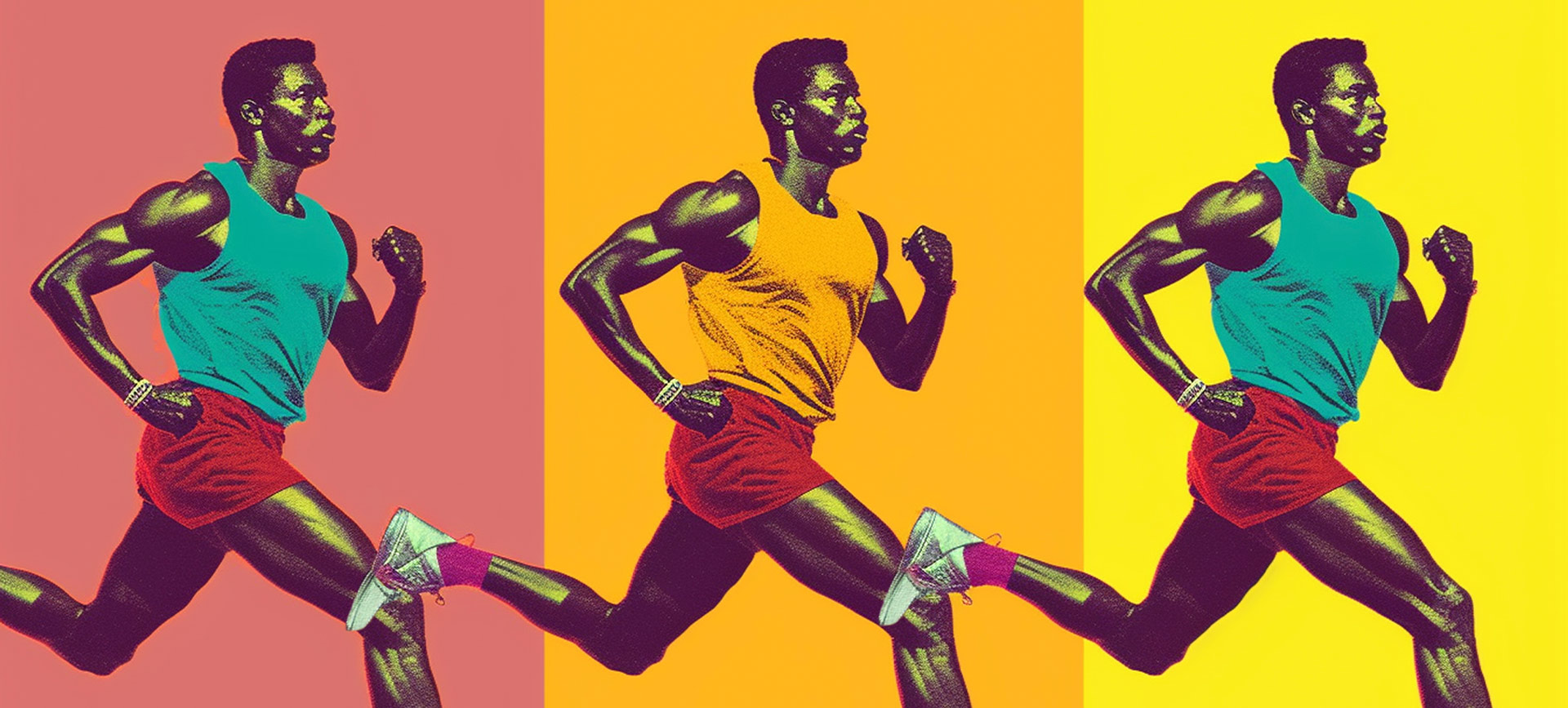Exercise can have direct and indirect effects on sexual and reproductive health. Here's a breakdown of what it might help with and how.
Erections
About 40 percent of men in their 40s and 70 percent of guys in their 70s have some degree of ED, according to Cleveland Clinic (defined as persistent, consistent difficulties achieving or maintaining an erection).
Age and various conditions, such as diabetes and atherosclerosis, or "clogged arteries," can contribute to the problem.
"Erection issues are most often a vascular issue," said Michael Werner, M.D., the medical director and founder of Maze Sexual & Reproductive Health based in New York City and Purchase, New York. "So I always tell people whatever is good for your heart is good for your penis."
Exercise is one good example of Werner's advice. Physical activity doesn't just get your blood pumping in the moment. Over time, regular exercise can strengthen the heart, improve blood flow, reduce the amount of fat and cholesterol in the blood, and lower the risk of chronic illness. Some research suggests it may even shrink existing atherosclerosis plaques.
One Harvard study of more than 31,000 participants ages 50 and older found physically active men were less likely to have ED than their inactive counterparts. Another study, from Duke University, reported similar findings.
Exercise can also help alleviate mental health issues, such as stress, anxiety and depression, which are the primary sources of ED in men under age 40.
Libido
Testosterone, the primary sex hormone in men, plays a part in various functions and processes, such as libido, fat distribution, muscle building, and the production of red blood cells and sperm.
Low testosterone can produce multiple issues, including depression, fatigue, increased fat storage, diminished fertility and low libido.
Because testosterone is converted to estrogen in adipose tissue (body fat), according to experts, people with obesity tend to have imbalanced hormones, including low testosterone. If exercise can help a person lose weight, their testosterone levels may increase, and their libido along with it.
Working out can also improve libido by stimulating the production of endorphins, or "happy hormones," that can boost mood and confidence, said Jagan Kansal, M.D., a Chicago-based urologist and the founder of Down There Urology.
"There's a direct and indirect way where exercise can dramatically increase libido from a psychological perspective all the way down to a hormonal perspective and blood flow," Kansal said.
Fertility
Heightened testosterone levels, which can result from exercise and weight loss, may boost sperm production and fertility. Physical activity may also improve conditions such as metabolic syndrome, hypertension and diabetes, all of which can affect erections and sperm count, Werner said.
"In general, healthier men have better semen analyses," Werner said.
A study published in the British Journal of Sports Medicine seems to confirm this. Researchers found men who engaged in moderate or vigorous exercise for at least 15 hours each week had higher sperm counts than those who were inactive.
Exercise can strengthen the pelvic floor muscles, Kansal said, which may enhance erections and increase ejaculation volume.
BPH symptoms
Benign prostatic hyperplasia (BPH) is a common condition that affects about 50 percent of men between ages 51 and 60; 70 percent of those ages 60 to 69; and 80 percent of those over 70, according to Yale Medicine.
Not everyone has symptoms, but those who do may experience frequent urination, incontinence and a weak stream. Those with severe BPH may also have low libido, difficulty maintaining erections and less pleasurable sex.
BPH treatment frequently involves medications, dietary changes and pelvic floor physical therapy, which can help to diminish urinary tract issues and improve sex.
Physical therapy isn't the only form of exercise that could alleviate BPH symptoms, however. A study published in the Journal of General Internal Medicine suggests physical activity of any kind may reduce urinary tract symptom risk and severity.
Prostate cancer
About 13 percent of men will develop prostate cancer in their lifetime, according to the Centers for Disease Control and Prevention (CDC). That's 1 in 8.
Although its causes are unknown, research suggests leading a healthy lifestyle—including exercising regularly and maintaining a healthy weight—may help to reduce the risk.
"We don't have a clear understanding of why prostate cancer develops or why exercise would affect that. But we do know the unhealthier you are, the more inflammation you can have in your body," Kansal said.
Fit people develop cancer, too, but reducing systemic inflammation may diminish the likelihood of developing high-risk types.
Exercise may also benefit men who already have prostate cancer.
"Recent research also supports physical exercise programs as an effective means of improving sexual function in men with prostate cancer," said Amy Pearlman, M.D., a men's health specialist and co-founder of Prime Institute in Fort Lauderdale, Florida.
Pearlman cited a 2022 systematic review published in the World Journal of Men's Health, which indicated physical activity programs improved factors such as libido and erectile function in men undergoing prostate cancer treatment.













